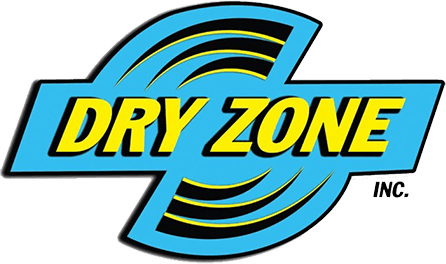Often hit by a “100-year flood,” most of the United State’s population may experience flooding and high water throughout the year. The U.S. Geological Survey states that climate variability and other factors contribute to the flooding probability in the area.
However, despite the advancement in knowing when the flood will come, there are still some American households that will succumb to high water every year. But what should homeowners do before entering flood-damaged homes? Here are some ideas.
1. Document Damage
Take pictures of the damage if the water has already receded in your home. If possible, take photos of the water level marks on the exterior of your home. These pictures will serve as proof of the damage to your insurance company.
If you are still in the process of evacuating your home, make sure to take some pictures of the water level. Take photos of the water level in your home, especially if you are leaving your home through the second floor. Documenting is a must in every disaster, used in many ways later.
2. Secure the Home
As a homeowner, a flood is one of the worst things that can happen. Not only is water damage costly to repair, but it can also be hazardous. If you find yourself amid a flood, you should keep a few things in mind to stay safe and minimize damage.
Never enter a flood-damaged home as soon as the water subsides. Homeowners should first secure the property by ensuring that the electric lines and gas valves are shut off. If not, never enter the premises until it becomes safe to step in.
3. Assess the Damage
Once you enter the home, it’s time to assess the damage. Begin by checking the water level and any visible damage. If possible, take photos or videos of the damage. Once you have a clear idea of what needs to be repaired, homeowners can start cleaning up.
After drying out the leftover moisture, homeowners can start cleaning up any debris. Remember to wear gloves and a mask to protect yourself from harmful materials. If possible, try to salvage any personal belongings that were not damaged.
4. Inspect Structure Integrity
After assessing the damage, it’s time to inspect the structure of your home. If you see any cracks or holes, check for leaks. If there are cracks or holes in the walls, seal them to prevent moisture from entering the home.
After sealing the cracks and holes, check the electrical system. If your home has any exposed wires, make sure to turn off the power to the house. Once the power is off, have a professional inspect the home before turning the power back on.
5. Contact the Insurance Company
After your home has been assessed for damage, contact your insurance company. They will send an adjuster, or a representative, to inspect the damage and give you an estimate for repairs. It should take a few days, but it is vital to claim from the insurance policy.
Once you have an estimate, you can start the repair process. Begin by making a list of the repairs that need to be completed and the cost of each repair. From there, it should be easy to do the various tasks necessary to return a home to its original state.
Conclusion
Storm damage is not something anyone wants to deal with, but it is a reality for many homeowners. It can be overwhelming and stressful to deal with storm damage, but with a bit of help, it can be much easier. If you live in a hurricane-prone area, it is essential to have a plan of action. The plan should include a list of the items that need to be repaired and the estimated cost.
DryZone is a part of the most extensive collection of disaster restoration companies in the US. Aside from handling natural disasters like flooding and high water, we also take care of fire restoration, biohazard cleaning, and mold removal services in Naples, FL. Get in touch with our 24/7 on-call manager and get the help needed today.


